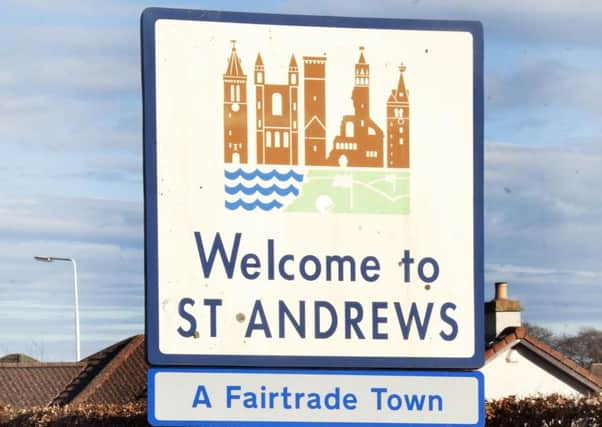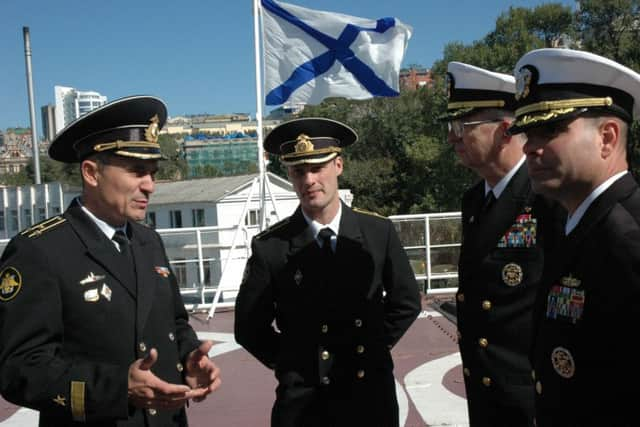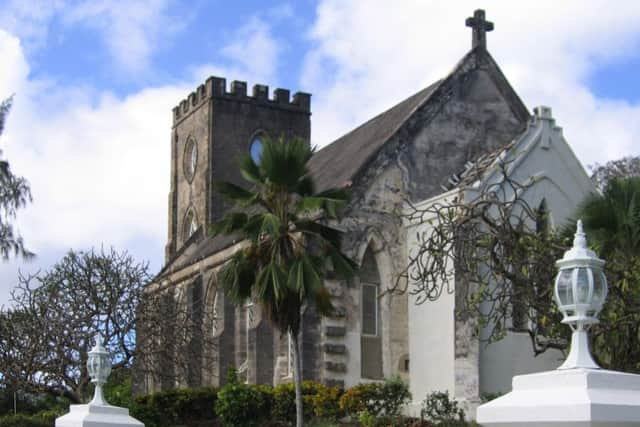The other countries that adopted St Andrew as patron saint


Andrew the Apostle, as he is known across Christian churches, is the patron saint of at least seven countries and dozens of cities and smaller regions.
RUSSIA
Although Andrew is one of several saints to be held as the patron of Russia, he is venerated in particular by one branch of the country’s armed forces.


Advertisement
Hide AdAdvertisement
Hide AdThe saltire has acted as the Russian naval ensign since 1699, when it was adopted under the orders of tsar Peter the Great. The distinctive blue cross on a white background is a common sight at military parades across the world’s largest country.
BARBADOS
The island nation of Barbados has a long association with St Andrew.
His name lends itself to one of the 11 parishes that cover the island in the Lesser Antilles, as well as the country’s highest civilian award.


The Barbados coat of arms is also a saltire - in the form of two crossed sugar cane stalks.
Parts of the St Andrews parish are still known locally as ‘the Scotland district’, a legacy of the colonial era when settlers are said to have remarked the hilly terrain resembled their homeland.
ROMANIA
St Andrew’s Day was made a national holiday in Romania in 2012, reflecting the saint’s growing popularity since the end of communist rule in 1991.


Tradition dictates that it was Andrew himself who introduced to Christianity to the lands that later became Romania in the first century AD.
Advertisement
Hide AdAdvertisement
Hide AdSimilar to other countries where religion was often suppressed under communist rule, Romania has underwent something of a church building boom in the past 20 years - with many of the finest dedicated to Andrew.
UKRAINE
Tradition dictates Andrew preached on the Black Sea coast of what is now Ukraine, travelling up the Dnieper river to reach the site of modern day Kiev, where he prophesied the foundation of a great Christian city. An impressive Orthodox church was completed in 1767 on the site in Kiev where Andrew was said to have built a cross. It remains a major landmark in Ukraine.


GREECE
An ancient Scottish legend states a Greek monk known as St Rule was ordered in a vision to take relics of Andrew to the ‘ends of the earth’ for safe keeping. His journey led him to the modern day town of St Andrews in Fife, where the relics were housed in a cathedral that was once the largest building in Scotland. But Greek links to Andrew go much further. As well as being patron saint, remains of the cross he was crucified on remain in the St Andrew’s Cathedral in the Greek city of Patras - the largest church in the country.